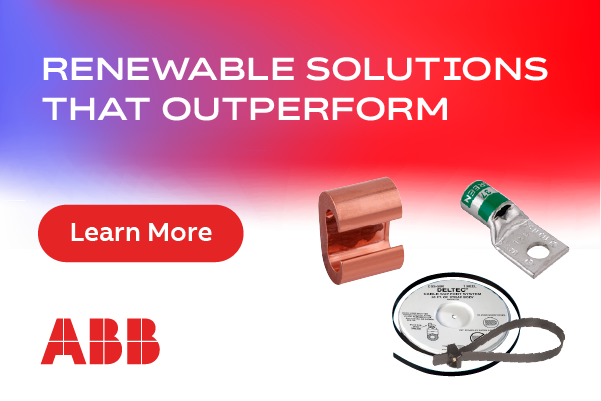Smart Home and Building Automation
As the world is moving towards sustainability and energy independence, so too is building architecture. As architecture begins to change to incorporate these values, we are more frequently seeing net-zero buildings and green building rating systems, such as Leadership in Energy and Environmental Design (LEED). In parallel, commercial buildings and homes are becoming smarter. This has opened the way towards managing energy in a more efficient manner.
One of the ways to better manage energy is to design buildings that require less of it. For example, using passive ventilation techniques, passive solar energy, double/triple pane glass, and thermal mass material to help reduce (and possibly eliminate) the requirement for HVAC units. There are many other areas in which designs can decrease the energy requirements of a building, including energy-efficient lighting, passive lighting, water conservation, and more. Yet, no matter how much a home or a commercial building is able to reduce its energy requirements, it is nearly impossible to completely eliminate energy demand. However, the building itself can become its own energy generator.
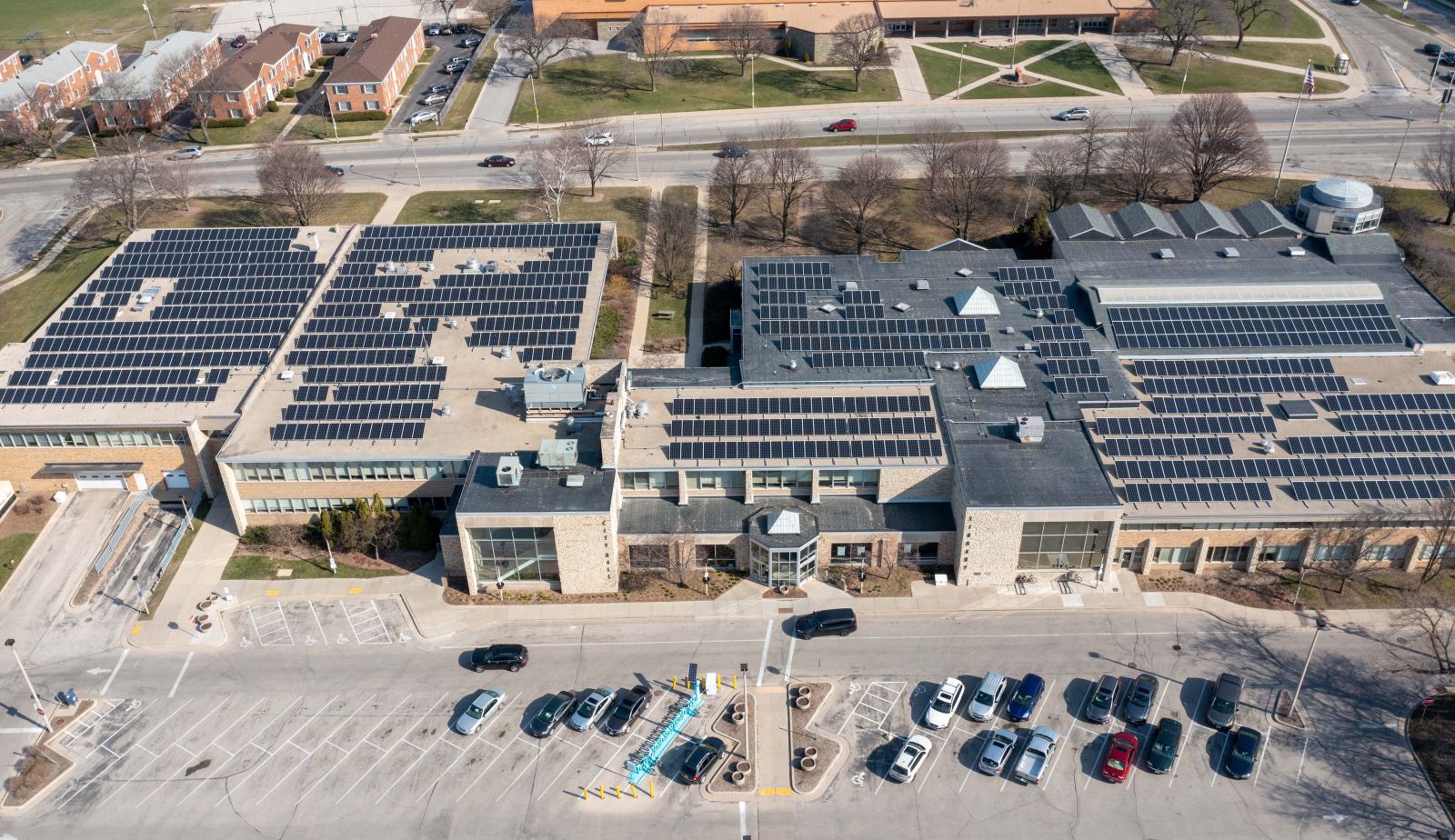
For commercial buildings with large rooftops, as well as homes, adding a PV system can be an excellent way to produce the amount of energy that is consumed on-site
One of the most promising aspects of solar energy, versus other types of renewable energy, is that it is designed to be a distributed power source. Almost anybody with a roof has the potential to install their very own energy generation system, truly placing power into the hands of the people. For commercial buildings and homes with large rooftops, adding a photovoltaic (PV) system can be an excellent way to produce the amount of energy that is consumed on site.
Adding solar energy to a building’s energy mix is a crucial aspect in making a building more energy independent, but it’s only the first step. The next step is improving the management of that energy in order to increase self-consumption. This is because energy usage does not always align with the energy generation of a PV system. As such, there are two ways that the energy can be managed to overcome this inconsistency. The first technique is energy storage, and the second is consumption shifting.
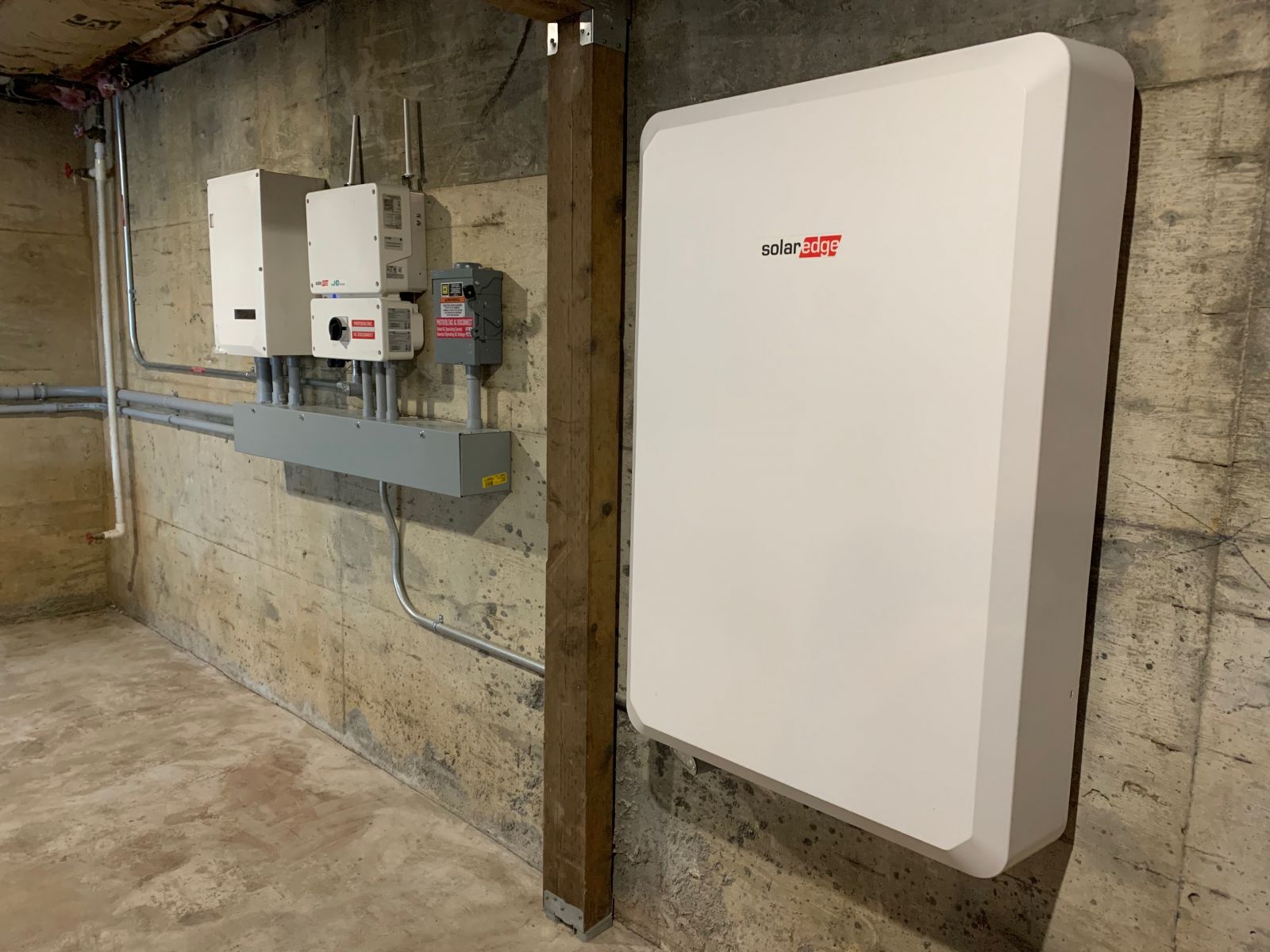 Energy storage is an essential part of smart energy management; it stores energy when it is produced for consumption at a later time, instead of either limiting energy production, or feeding it back into the grid. With PV+storage systems, the inverter is responsible for managing battery charge and discharge patterns to meet consumption needs, and reduce the amount of power purchased from the grid.
Energy storage is an essential part of smart energy management; it stores energy when it is produced for consumption at a later time, instead of either limiting energy production, or feeding it back into the grid. With PV+storage systems, the inverter is responsible for managing battery charge and discharge patterns to meet consumption needs, and reduce the amount of power purchased from the grid.
For example, in time-of-use (TOU) markets like California, energy storage can protect consumers from higher rates during peak periods, when PV systems are likely to be producing little or no energy. Excess PV energy generated during the day can be stored in a battery, to be used in place of electricity from the grid during the evening, when tariff charges are typically higher.
Shifting energy consumption is another form of energy management that can increase self-consumption. This technique combines the technology of smart buildings with PV energy. By merging these two technologies, smart energy management solutions can automatically use a PV system’s excess power to increase solar energy usage, help lower electricity bills, increase energy independence, and provide greater convenience. Devices and appliances such as immersion heaters, lighting, fans, and pool pumps, can be controlled by smart energy management solutions (including AC switches with a meter, plug-in sockets with a meter, and dry contact switches). With the immersion heater, excess PV energy can be directed towards water heating, which is a low-cost form of energy storage. While the other devices allow appliances – pool pumps, fans, cold-storage, thermostats, and lighting – to be remotely controlled and utilized during high PV production for increased self-consumption.
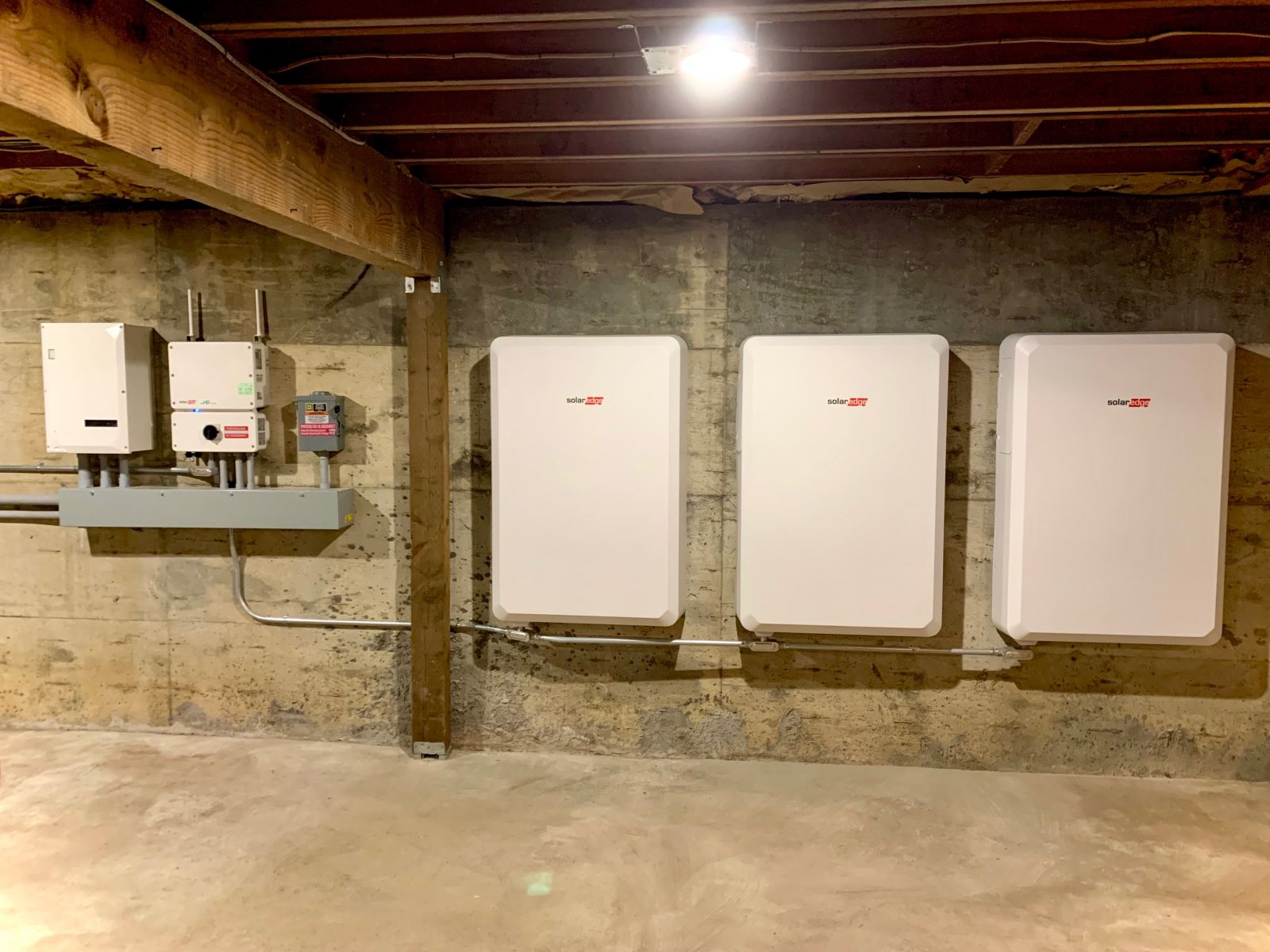
Solar+backup interface and batteries installed to create a smart home ecosystem in a Washington home
In addition to increasing energy independence, smart energy management allows for a simple user experience, especially when combined into one integrated energy management and monitoring platform. This enables a more streamlined smart energy and building management process to reduce operation and maintenance costs. As the technology advances, we will continue to see more opportunities to further integrate it into making buildings more energy efficient, like weather and irradiance forecasting integrated into energy management systems to help ensure more efficient planning of building heating, or personalized profiles and thermostat controls that can help increase comfort without additional resources. Combining these types of technology with architectural designs can help our buildings exist in better harmony within their surroundings and environment.
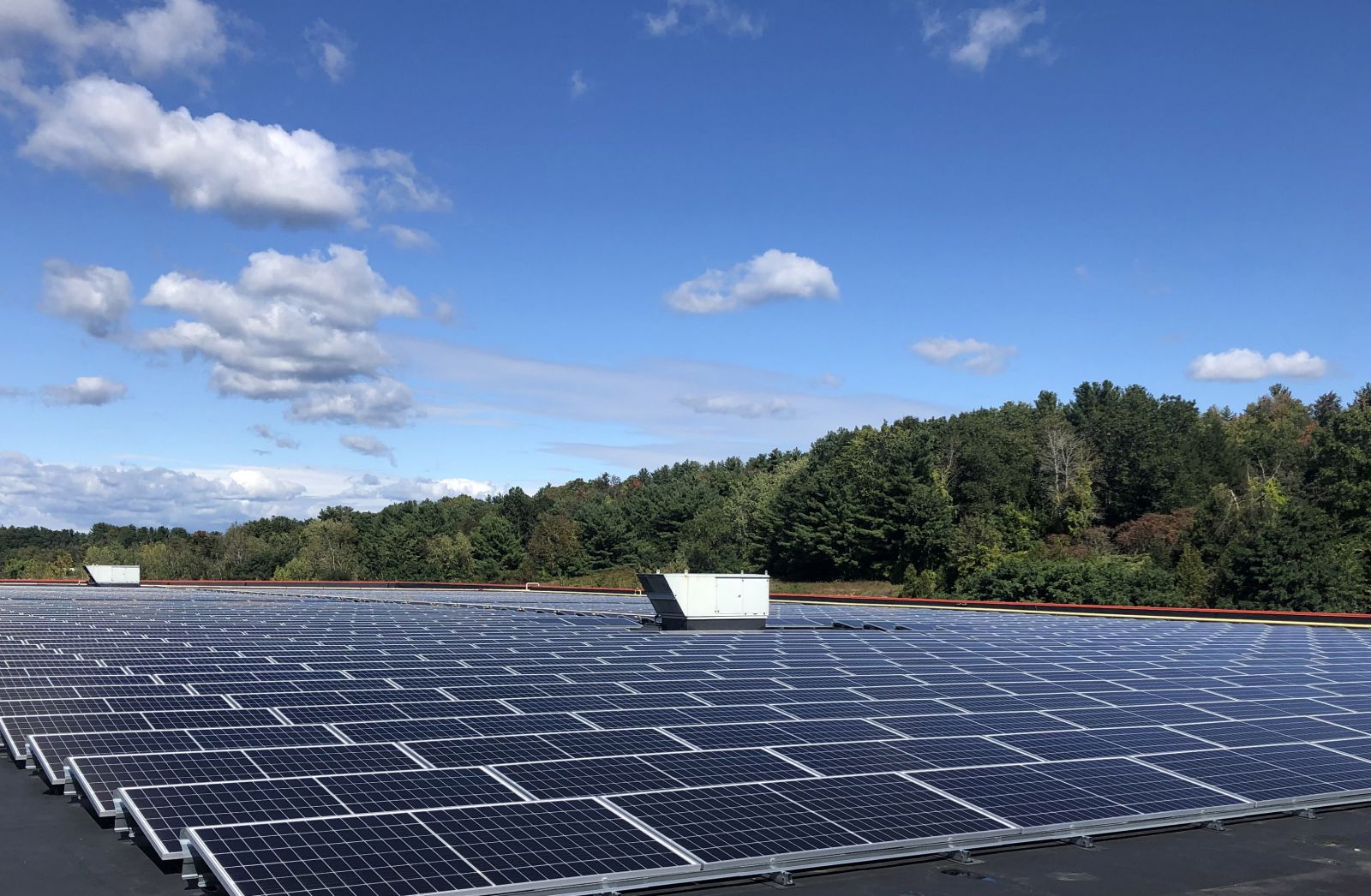
No matter how much a home or commercial building is able to reduce its energy requirements, it is nearly impossible to completely eliminate energy demand. However, with solar, the building can become its own energy generator
Based in California, Magnus Asbo is the Senior Director of Residential Technical Marketing at smart energy solutions provider, SolarEdge. He can be reached at: [email protected].
SolarEdge | www.solaredge.com
Author: Magnus Asbo
Volume: 2022 July/August











.png?r=7055)
